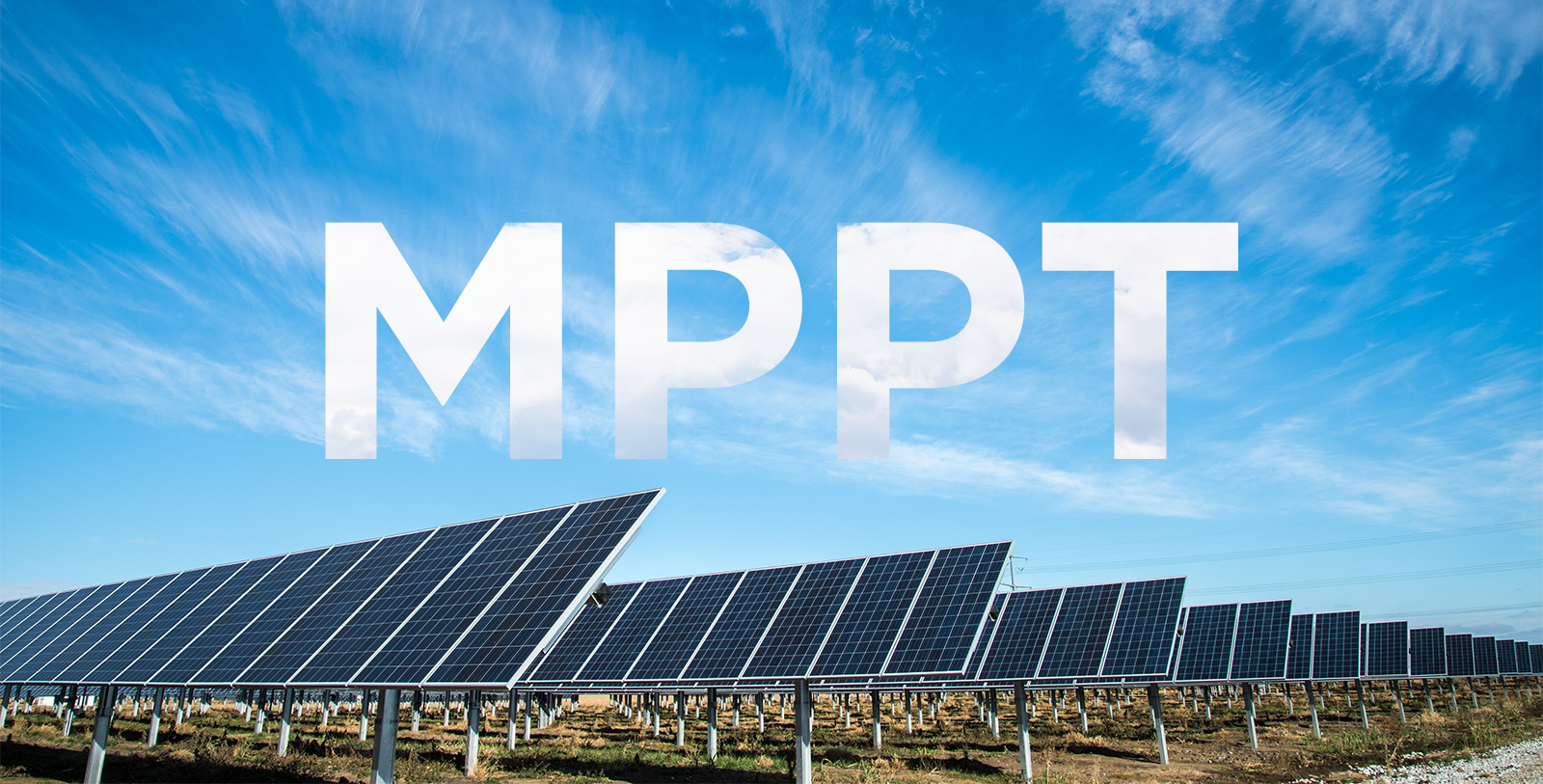What is MPPT?
The inverter is an important device that converts DC energy into AC energy. In renewable energy systems, such as solar photovoltaic (PV) systems, the DC power generated by PV panels needs to be converted into AC power through inverters for electricity supply. To improve energy utilization efficiency, MPPT (Maximum Power Point Tracking) technology is widely applied in inverters.
The main goal of MPPT technology is to ensure that the output power of PV panels reaches its maximum value. Due to variations in factors such as sunlight intensity, temperature, and shading, the output power of PV panels also varies. MPPT technology adjusts the voltage or current to match the load characteristics, allowing PV panels to operate at their optimal operating points under different conditions and achieve maximum power output.
How does MPPT work?
MPPT technology is implemented based on two main principles: perturb and observe method and incremental conductance method. The perturb and observe method determines the current operating state by comparing the difference between input voltage and output voltage, and adjusts the input voltage or current directionally and proportionally to approach the maximum power point. The incremental conductance method introduces small voltage or current perturbations near the maximum power point and determines the optimal operating point based on changes in output power after perturbation.
To better understand the application and principles of MPPT technology, let's consider a simple example. Suppose we have a solar PV system where the optimal operating point of PV panels provides maximum output power at 750V voltage. However, due to weather changes and other factors, the output voltage of PV panels may fluctuate. In this case, MPPT technology continuously adjusts the input voltage of the inverter to approach the optimal operating point at 750V. When the input voltage increases to 760V, MPPT technology adjusts it back to 750V to obtain maximum output power. Similarly, if the input voltage drops to 740V, MPPT technology adjusts it accordingly to return to 750V. By continuously tracking the maximum power point, the system can efficiently utilize the energy from PV panels under various conditions.

What are the advantages of MPPT?
The application of MPPT technology in inverters brings many advantages. Firstly, it maximizes the energy utilization efficiency of solar PV systems, leading to greater energy collection and cost savings. Secondly, MPPT technology enables the system to adapt to different working conditions such as sunlight intensity and temperature changes, improving system stability and adaptability. Additionally, MPPT technology enables real-time monitoring and response, ensuring that the system always operates at its optimal operating point.
In summary, MPPT technology in inverters improves the energy utilization efficiency of solar PV systems by tracking the maximum power point. Through perturb and observe method and incremental conductance method, MPPT technology adjusts the input voltage or current to match the load characteristics of PV panels and monitors and responds to the system's operating state in real-time. The application of this technology enables solar PV systems to operate efficiently under various conditions, promoting widespread use and development of renewable energy.



Share:
The Heart of Inverters: IGBT